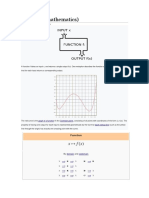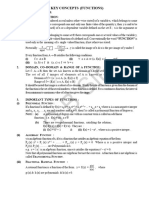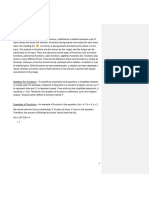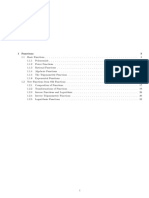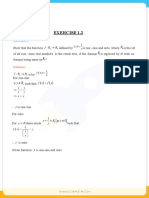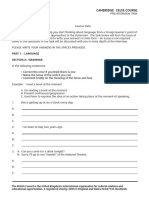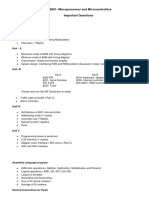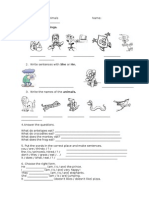0% found this document useful (0 votes)
14 views2 pagesFunctions, Notes
A function in mathematics is a relation that assigns each input exactly one output, with key concepts including domain, codomain, and range. Various types of functions exist, such as one-to-one, onto, and linear functions, and they can be combined through operations like addition and composition. Functions are widely used in modeling relationships across fields like physics and economics, and further study can explore advanced topics related to functions.
Uploaded by
xisot56886Copyright
© © All Rights Reserved
We take content rights seriously. If you suspect this is your content, claim it here.
Available Formats
Download as TXT, PDF, TXT or read online on Scribd
0% found this document useful (0 votes)
14 views2 pagesFunctions, Notes
A function in mathematics is a relation that assigns each input exactly one output, with key concepts including domain, codomain, and range. Various types of functions exist, such as one-to-one, onto, and linear functions, and they can be combined through operations like addition and composition. Functions are widely used in modeling relationships across fields like physics and economics, and further study can explore advanced topics related to functions.
Uploaded by
xisot56886Copyright
© © All Rights Reserved
We take content rights seriously. If you suspect this is your content, claim it here.
Available Formats
Download as TXT, PDF, TXT or read online on Scribd
/ 2










